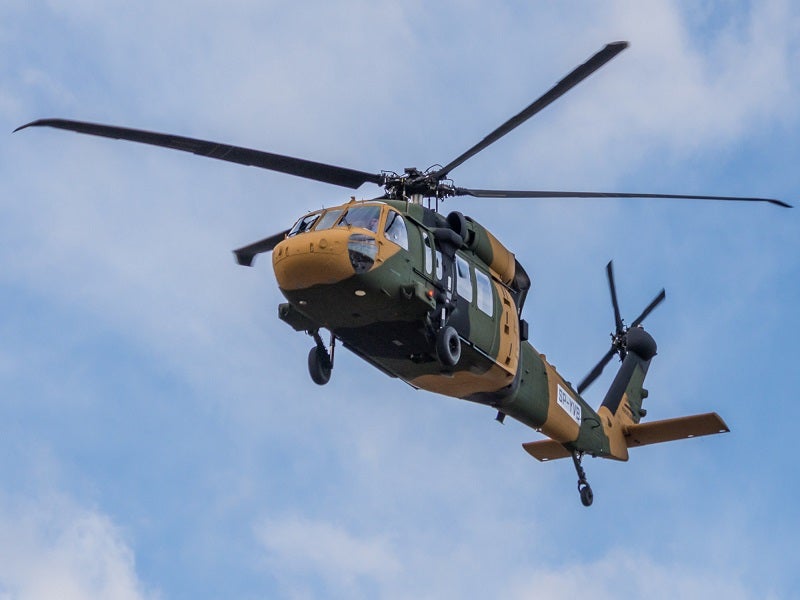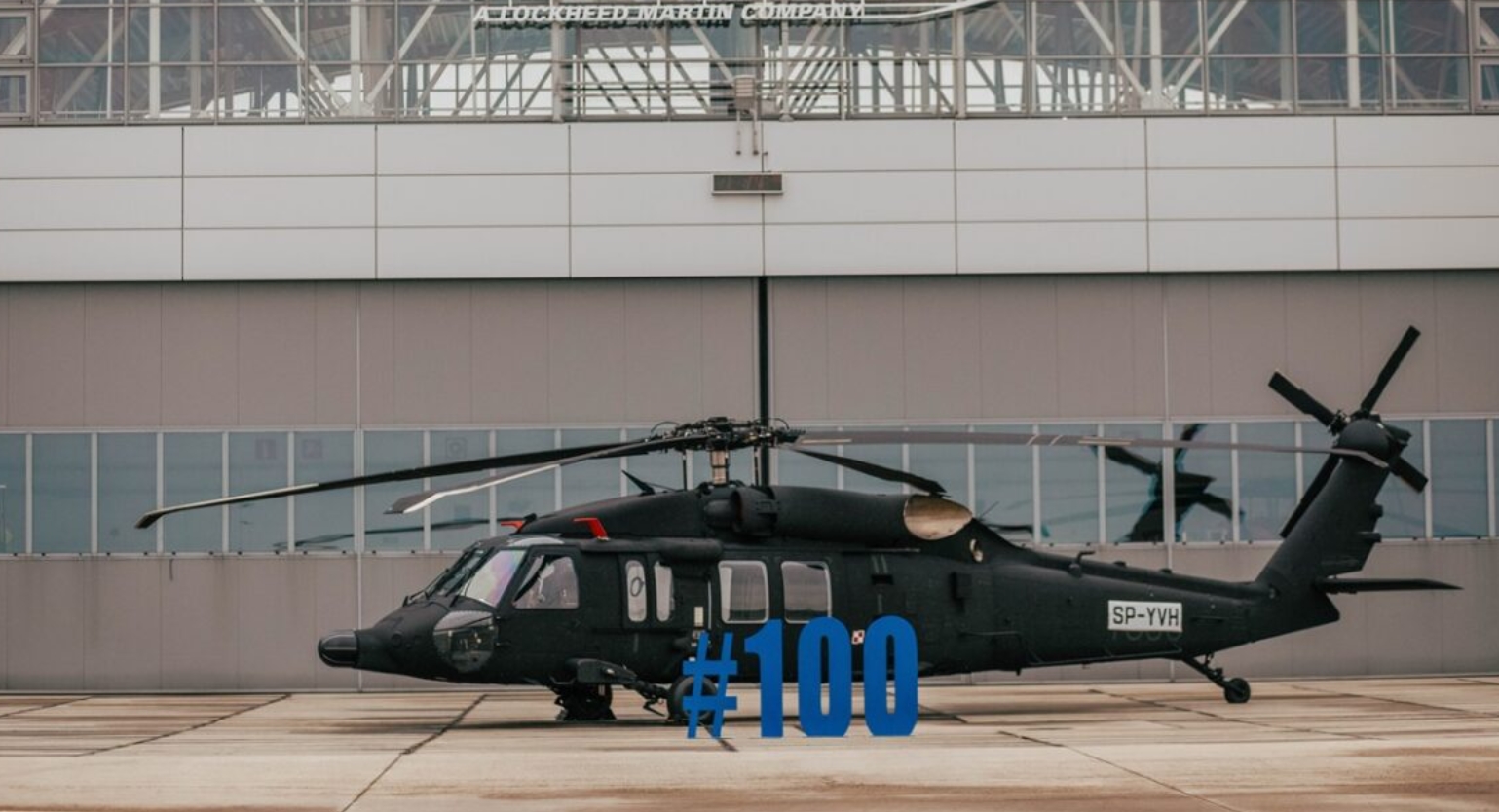High-Performance Multi-Role Rotorcraft Featuring Advanced Cockpit Technologies and Integrated Sensing Unit Systems
The realm of rotorcraft technology has seen noteworthy improvements in current times, especially in the realm of high-performance multi-role rotorcraft geared up with cutting-edge cabin modern technologies and effortlessly incorporated sensor systems. These developments have not only boosted the functional abilities of rotorcraft however have additionally dramatically affected modern aviation procedures on different fronts. From enhanced goal adaptability to boosted operational effectiveness, the convergence of advanced cabin technologies and integrated sensor systems has actually introduced a new era of opportunities for rotorcraft applications. In the adhering to discussion, we will discover the advancement of rotorcraft modern technology, explore the world of advanced cabin developments, and examine the effects of incorporated sensor systems on the functional adaptability and effectiveness of modern rotorcraft.
Evolution of Rotorcraft Innovation
The evolution of rotorcraft technology has actually been noted by substantial advancements in aerodynamics, materials, and propulsion systems, forming the capacities and efficiency of modern-day rotorcraft. Aerodynamic improvements have improved the effectiveness and ability to move of rotorcraft, enabling enhanced speed, agility, and stability during flight (sikorsky s 70). Developments in materials, such as making use of composite materials and advanced alloys, have resulted in lighter yet more powerful rotorcraft frameworks, enhancing general performance and toughness. In addition, innovations in propulsion systems, consisting of more effective engines and cutting-edge propulsion technologies, have enabled rotorcraft to achieve higher elevations, faster speeds, and greater payloads.
These advancements have not just transformed the capabilities of rotorcraft yet have also increased their applications across various markets, including army, industrial, and emergency situation solutions. The continuous evolution of rotorcraft modern technology proceeds to drive development in the area, pressing the boundaries of what is feasible and shaping the future of upright flight.
Advanced Cabin Innovations
Building upon the fundamental advancements in the rules of aerodynamics, products, and propulsion systems, the realm of rotorcraft modern technology now changes focus in the direction of pioneering Advanced Cabin Innovations. The integration of sophisticated technologies within the cockpit setting plays a crucial function in improving the functional capacities, safety and security, and effectiveness of contemporary rotorcraft. sikorsky s 70. Advanced Cockpit Innovations include a vast array of functions made to offer pilots with enhanced situational recognition, streamlined data monitoring, and instinctive control interfaces
One of the crucial advancements in cockpit style is the execution of glass cockpits, which replace conventional analog determines with high-resolution displays. These digital systems use personalized layouts, real-time information assimilation, and boosted readability, making it possible for pilots to gain access to crucial info at a glimpse. In addition, progressed avionics systems, such as fly-by-wire controls and augmented reality displays, are reinventing just how pilots engage with the airplane, permitting for specific control and enhanced decision-making capabilities.


Including innovative cockpit developments not only boosts pilot efficiency but additionally contributes to overall goal effectiveness and safety and security in complicated operational atmospheres. By leveraging state-of-the-art innovations within the cockpit, rotorcraft producers are setting new criteria for functional excellence and objective success.
Integrated Sensing Unit Equipments
With the advancement of rotorcraft innovation, the assimilation of advanced Integrated Sensing unit Systems has come to be critical in boosting operational effectiveness and safety. These Integrated Sensor Equipments include a vast range of modern technologies that offer crucial information for various functions such as navigation, surveillance, targeting, and environmental surveillance. By seamlessly integrating sensing units like radars, cameras, lidar, and infrared systems into rotorcraft, operators can take advantage of improved situational understanding, boosted goal capabilities, and minimized pilot work.
One key benefit of Integrated Sensing unit Systems is their capacity to collect real-time data and provide workable understandings to pilots and objective operators. Progressed radar systems can spot and track targets over long distances, allowing for early risk detection and efficient action preparation. Additionally, integrating infrared and electro-optical electronic cameras makes it possible for rotorcraft to perform reconnaissance and monitoring objectives with precision and accuracy.
Essentially, the integration of sophisticated sensing unit modern technologies right into rotorcraft not only improves operational effectiveness but also adds significantly to overall goal success and staff safety and security. As rotorcraft proceed to advance, the duty of Integrated Sensing unit Equipment will unquestionably continue to be at the center of technology in the aerospace industry.
Operational Flexibility and Effectiveness
Enhancing operational adaptability and effectiveness in rotorcraft is a natural progression from the assimilation of innovative Integrated Sensor Solutions. By leveraging the data and understandings given by these innovative sensor systems, rotorcraft can maximize their efficiency across numerous missions and settings.
Operational versatility incorporates the capability of rotorcraft to adjust to various functions and scenarios effectively. With advanced cabin innovations and incorporated sensor systems, rotorcraft can seamlessly shift between tasks such as search and rescue, clinical emptying, security, and a lot more. This flexibility boosts the rotorcraft's capability to fulfill diverse functional requirements without calling for substantial reconfiguration.
Effectiveness in rotorcraft procedures is vital for maximizing objective performance and source usage. Integrated my sources sensing unit systems play a pivotal function in improving functional efficiency by supplying real-time information on weather conditions, surface mapping, target monitoring, and much more. This information makes it possible for pilots to make informed decisions promptly, optimize flight courses, preserve gas, and improve general goal productivity.
Influence On Modern Aviation Operations

Moreover, the integration of advanced sensing units facilitates boosted mission preparation and execution, making it possible for rotorcraft to do a large range of tasks with boosted accuracy. From search and rescue procedures to aerial firefighting and law enforcement goals, the capacities of contemporary rotorcraft equipped with innovative cabin innovations and integrated sensing unit systems are unparalleled.
In addition, the impact of these innovations extends beyond operational effectiveness to cost-effectiveness and sustainability. By optimizing flight paths, gas intake, and maintenance routines, high-performance rotorcraft outfitted with advanced cockpit modern technologies and sensing units add to minimizing functional prices and ecological impact, making them crucial possessions in modern air travel operations.
Final Thought
To conclude, the high-performance multi-role rotorcraft with advanced cockpit technologies and integrated sensor systems represents a considerable development in aeronautics modern technology. These innovations enhance operational flexibility and effectiveness, eventually influencing modern-day aeronautics procedures in a positive way. The integration of these advanced technologies enables for boosted abilities and efficiency in different objective scenarios, showcasing the continued advancement of rotorcraft technology in the aviation sector.
The world of rotorcraft innovation has seen noteworthy improvements in current times, especially in the realm of high-performance multi-role rotorcraft equipped with cutting-edge cabin modern technologies and flawlessly incorporated sensor systems. From enhanced mission convenience to boosted functional effectiveness, the convergence of advanced cabin innovations and integrated sensing unit systems has ushered in a new period of possibilities for rotorcraft applications. over at this website In the following conversation, we will discover the development of rotorcraft technology, dive into the world of sophisticated cockpit technologies, and take a look at the ramifications of integrated sensor systems on the operational convenience and effectiveness of modern rotorcraft.

Comments on “Sikorsky S 70: Changing Tactical Procedures with Cutting-Edge Modern Technology”